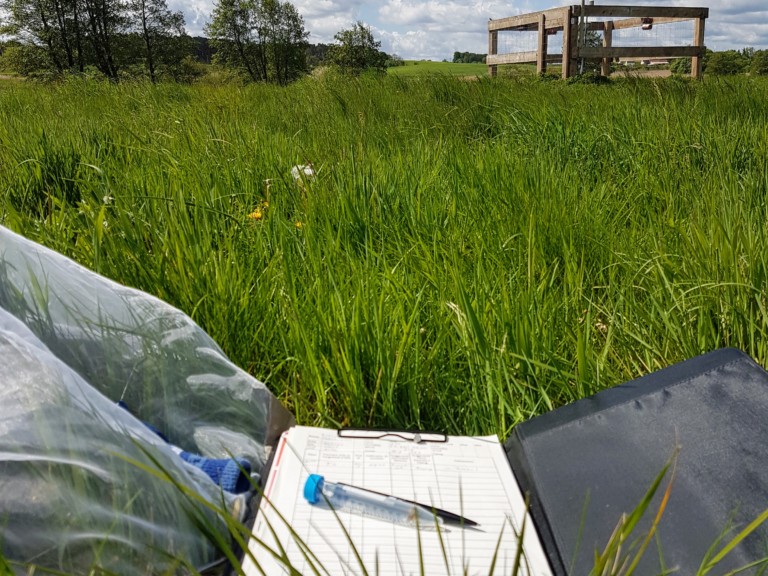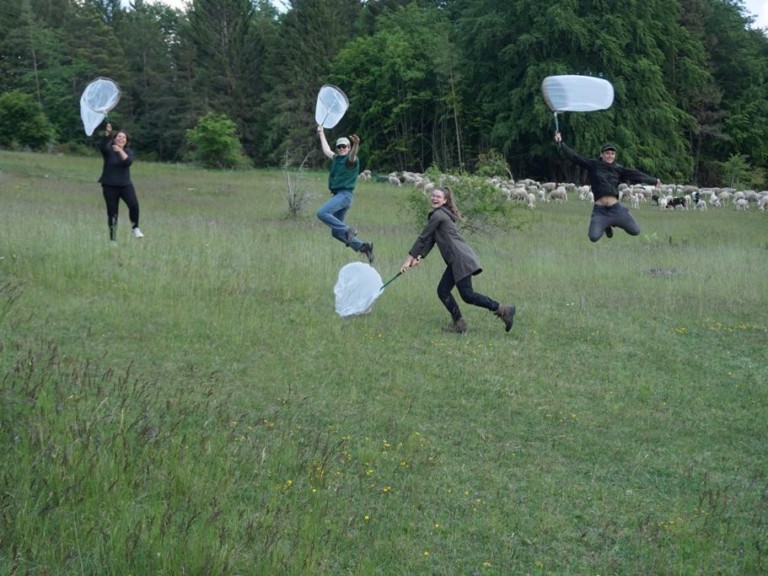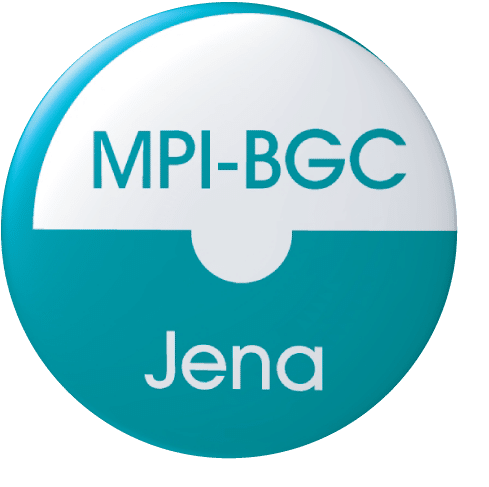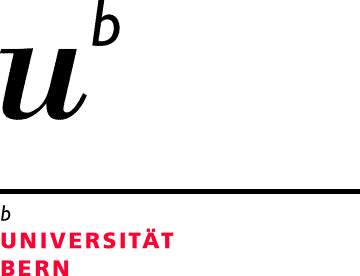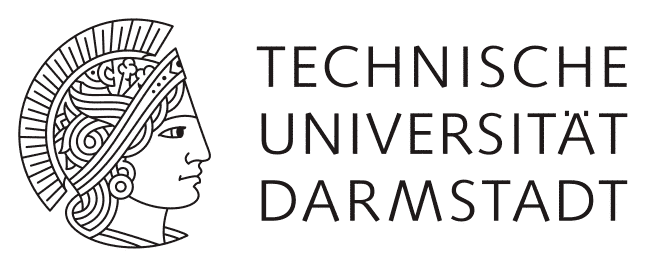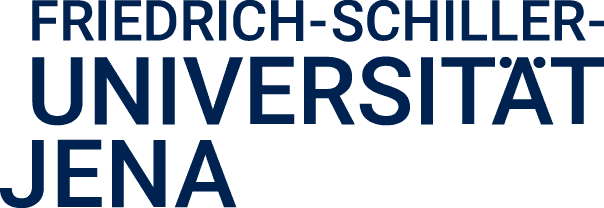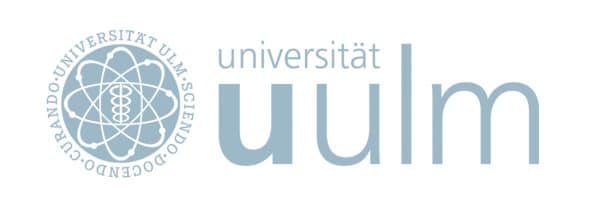#Animals #2023 – 2026 #2020 – 2023
NutriB2 (Cooperation project)
Nutrition as a critical link between biodiversity and bee health
The aim of the cooperation is to examine how the composition and diversity of food resources affect the nutritional status and health of wild bee species.
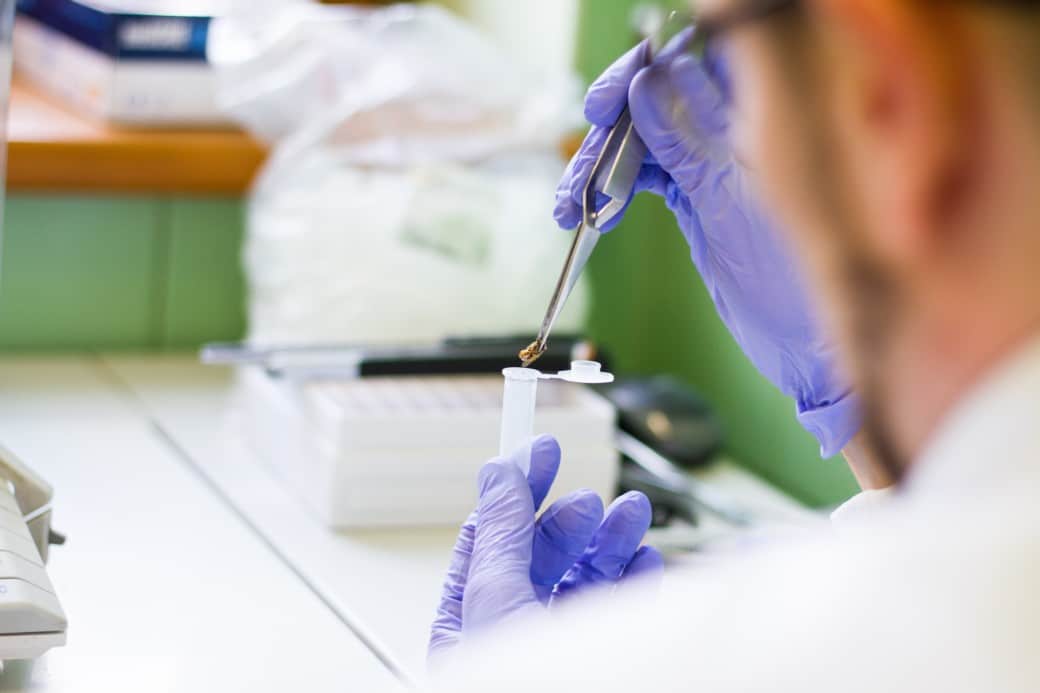
The aim is to understand how land-use-induced changes in the diversity and composition of flowering plants affect the interactions between plants and bees. Data will be collected on the following parameters:
- Diversity and abundance of wild bee species throughout the year
- Nutritional and health status of collected bee species in relation to the LUI
- Bee-flower interaction networks
- Chemical composition of pollen of bee-visited bee plant species
More information about this project can be found here: https://nutrib2.project.uj.edu.pl/
Bare soil spots in grasslands in relation to wildbee richness and abundance
Nackte Bodenstellen im Grasland in Bezug auf Wildbienenreichtum und -reichtum
Härtl F. (2023): Bare soil spots in grasslands in relation to wildbee richness and abundance. Master thesis, TU München
Land-use intensity effects on intraspecific variation of pollination-associated floral traits in four typical grassland species
Auswirkungen der Landnutzungsintensität auf die intraspezifische Variation von bestäubungsassoziierten Blütenmerkmalen bei vier typischen Grünlandarten
Höwener A. S. (2022): Land-use intensity effects on intraspecific variation of pollination-associated floral traits in four typical grassland species. Master thesis, TU München
Parreño M.A., Alaux C., Brunet J.-L., Buydens L., Filipiak M., Henry M., Keller A., Klein A.-M., Kuhlmann M., Leroy C., Meeus I., Palmer-Young E., Piot N., Requier F., Ruedenauer F., Smagghe G., Stevenson P. C., Leonhardt S. D. (2022): Critical links between biodiversity and health in wild bee conservation. Trends in Ecology & Evolution 37 (4), 309-321. doi: 10.1016/j.tree.2021.11.013.
More information:
doi.org
Automatization Process of Landscape Heterogeneity Index for Biodiversity Exploratories
Automatisierungsprozess des Landschaftsheterogenitätsindex für Biodiversitätsexploratorien
Arisoy B. (2022): Automatization Process of Landscape Heterogeneity Index for Biodiversity Exploratories. Master thesis, TU München
Effects of Land-use Intensity on Pollen Diversity in Brood Cells of Osmia Bicornis A Light Microscopic Study of Pollen
Auswirkungen der Landnutzungsintensität auf Pollen Vielfalt in Brutzellen von Osmia Bicornis Eine lichtmikroskopische Untersuchung von Pollen
Seiler R. (2022): Effects of Land-use Intensity on Pollen Diversity in Brood Cells of Osmia Bicornis. Master thesis, TU München
Cooperations are projects financed by the cooperation partners’ own funds and thus financially independent of the DFG-funded infrastructure priority program ‟Biodiversity Exploratories (BE)”. They complement the BE with further interesting research content on biodiversity research and in return benefit from the infrastructure of the Biodiversity Exploratories.
